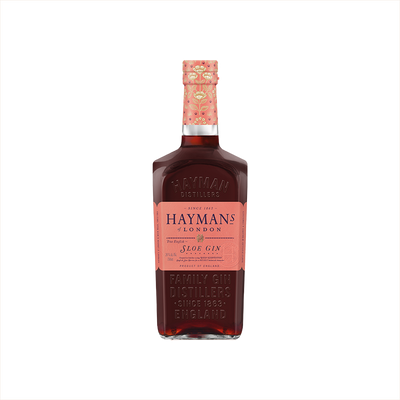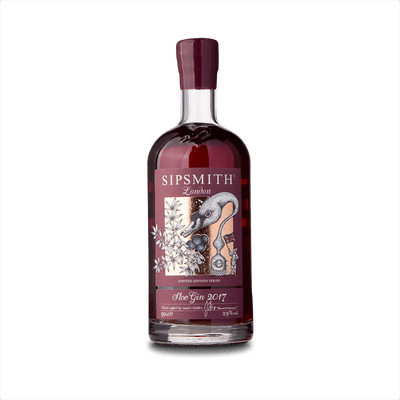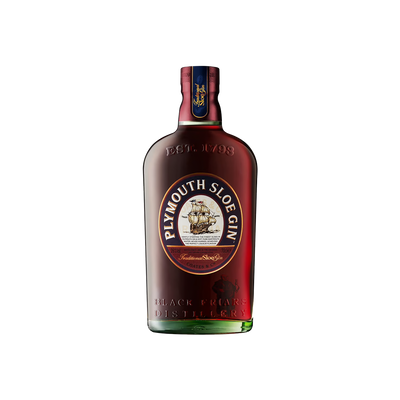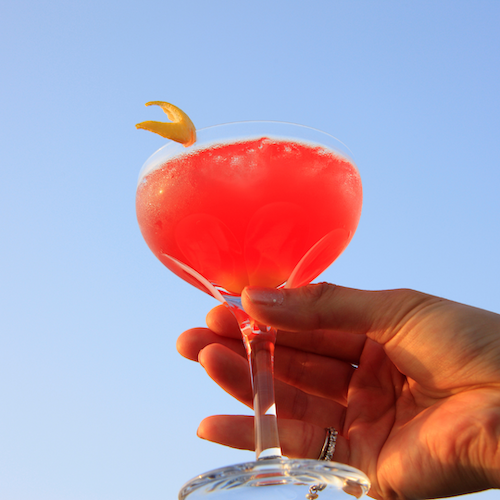Classic Sloe Gin
What is Classic Sloe Gin?
Classic Sloe Gin represents the traditional British style of this beloved liqueur, made by steeping wild sloe berries in gin for several months until the spirit takes on the fruit's deep crimson color and distinctive tart-sweet flavor. What defines Classic Sloe Gin is its authentic production method using actual sloe berries rather than artificial flavoring, typically aged for at least three months to allow the berries' natural oils and tannins to properly infuse the gin base. The result is a complex liqueur that balances the juniper notes of quality gin with the sloe berry's natural astringency and subtle almond undertones from the fruit's stones.
Learn More About Classic Sloe Gin
What makes Classic Sloe Gin unique?
Classic Sloe Gin stands apart from modern variations through its traditional production methods and lower alcohol content, typically ranging from 15-25% ABV compared to the 40%+ found in contemporary bottlings. Unlike flavored gin infusions or artificially sweetened versions, authentic classic sloe gin requires months of patient maceration where wild sloe berries slowly release their tart, almond-like essence into quality gin base. The result is a liqueur with genuine fruit character and natural tartness that commercial quick-production methods simply can't replicate.
How is Classic Sloe Gin made?
Classic sloe gin starts with ripe sloe berries – those dark purple, astringent fruits from the blackthorn bush – which are traditionally picked after the first frost when their skins have softened. The berries get pricked or crushed, then steeped in gin along with sugar for several months, allowing the fruit's tart, almond-like flavors to infuse into the spirit. After straining out the spent berries, you're left with a ruby-red liqueur that balances the gin's botanicals with the sloes' natural tartness and sweetness.
How do you drink Classic Sloe Gin?
Classic sloe gin shines brightest when sipped neat or on the rocks as a digestif, where its rich berry sweetness and warming spice can take center stage. While some folks enjoy it in small shots during colder months, it really comes alive in classic cocktails like the Sloe Gin Fizz, mixed with sours featuring lemon juice, or blended into autumnal punches and mulled drinks. The spirit's natural affinity for fall and winter makes it perfect for fireside sipping, holiday gatherings, and those crisp evenings when you want something that tastes like liquid comfort.
How do I choose good Classic Sloe Gin?
Look for sloe gins made with real sloe berries rather than artificial flavoring—check the label for "sloe berries" or "Prunus spinosa" in the ingredients list, and avoid anything mentioning "natural flavoring" as the primary fruit source. The base gin matters too; premium sloe gins typically start with quality London Dry gin, which provides the juniper backbone that balances the sweet-tart sloe fruit. For sipping neat or in simple serves like a sloe gin fizz, choose something with higher sloe content and natural sweetness, while cocktails that include citrus or other strong mixers can handle more gin-forward expressions with less residual sugar.
Nutritional Information
Typical Calorie Range per Ounce: 80-100 calories
Typical Carbohydrate Range per Ounce: 8-12 grams
Typical Sugar Range per Ounce: 6-10 grams
Typically Gluten Free: Yes
Most sloe gin products are naturally gluten-free since they're made from gin (distilled from various grains but distillation removes gluten proteins) infused with sloe berries and sugar. The traditional production methods don't introduce gluten-containing ingredients. That said, always check the specific product label and manufacturer information to confirm gluten-free status, especially if you have celiac disease or severe gluten sensitivity. Some producers might use additives or flavorings that could contain gluten, so verification is your best bet.
Scrolled this far? Your reward? Classic Sloe Gin Trivia!
- Classic sloe gin isn't actually gin at all – it's technically a liqueur. Real sloe gin starts with regular gin that gets infused with sloe berries (wild plums) and sugar, creating an entirely different category of spirit. The alcohol content drops significantly during this process, usually landing between 15-30% ABV compared to gin's standard 40%.
- Sloe berries are so astringent when raw that they'll make your mouth pucker like you've bitten into a lemon wrapped in cotton. These tiny purple fruits need either frost or freezing to break down their cell walls before they become suitable for gin-making. That's why traditional sloe gin makers would wait until after the first frost to harvest, or pop fresh berries in the freezer overnight.
- The British Navy issued sloe gin as part of sailors' rations during long voyages in the 1800s. Officers believed the vitamin C from the berries would help prevent scurvy, though they didn't understand the science behind it. This naval connection explains why so many classic sloe gin recipes include naval-strength gin as the base spirit.
- A properly made sloe gin takes at least three months to mature, but the best versions age for a full year or more. During this time, the liquid transforms from harsh and medicinal to smooth and complex. Many family recipes get passed down through generations, with some claiming their sloe gin improves for decades when stored correctly.
- Sloe gin was so popular in Victorian England that it sparked a counterfeiting crisis. Unscrupulous producers would use cheap spirits, artificial coloring, and regular plums instead of precious sloe berries. This led to some of the first food purity laws in Britain, as authorities cracked down on fake sloe gin that was flooding the market and damaging the reputation of legitimate producers.
Higher-proof spirits can be intense. Mix carefully, taste thoughtfully, and enjoy responsibly.
Gift message (optional)





